3 Steps to Writing your Next Newsletter - so your customers will actually read it
As there are many ways to communicate with clients, there are also many different approaches to writing newsletters to your clients. If you find that you are diligently emailing newsletters, only to find a poor open rate, or non-existent click rate, then read on to find some practical and implementable ways to create better newsletters.
Why people read newsletters
Firstly, we need to know why people read newsletters. What is it that compels them to open that email and scroll through your written content? The answer to this question brings us to Step One: Make your newsletter helpful to your customers.
There is nothing worse than receiving a newsletter via email and taking the time to open it to find there is nothing useful contain within. Pack your newsletter full of punchy, helpful pieces of content. This is achieved through not only good concise writing, but also rigorous editing. Delete all words you don’t need, or that don’t add to your messages. It’s better to have a short newsletter filled with practical and useable information, than a long one that says nothing.
If you don’t know what information is useful to your customers – ask them! Send out a survey, call them or hang out in their Facebook or LinkedIn groups. Find out what their pain is, and provide information to alleviate that pain.
Why people don’t read newsletters: They’re long, boring, look the same as everyone else’s, don’t have a catchy subject line, or aren’t useful.
Headlines are important!
Creating headlines can be the hardest part of writing a newsletter. Five times as many people read the headline as read the rest of the body copy! The headline needs to be catchy, but not silly, short but with a message and informative without telling all. In an email newsletter, your main headline should also make up the subject line of your email.
Some writers spend just as long formulating the headlines, as they do on the rest of the document. Step Two: Ensure your headlines are a pathway into the information to follow. A term you may have come across in the online world is click bait. This is where the headline is designed purely to get you to read an article, but has no bearing on the real message contained within the article. This is something that is best to avoid if you want to maintain your integrity.
By all means, make your headline catchy and exciting, but ensure you follow it up with content that gives the reader what they are expecting. If you were writing an article on fishing for example, you could call it “Fishing tips and Tricks”, or you can make it catchier by calling it “The 5 best ways to catch more on your next fishing trip”. The reader knows exactly what to expect, and that they won’t be there all day – as there’s just 5 easy tips to get through. Try going through some of your old headlines, and see if you can spice them up a bit with numbers (5 ways to…), explanations (How to….), or even instructional (Get that….by…).
What do I do now?
Engagement in any format really means, getting your customer to do something after they have consumed your content. This call to action is one of the most important aspects of presenting information to customers. You need to tell customers what to do next. Step Three: Give customers instructions on where to go from here.
These instructions might be a link back to your site where more information is available. It might be a phone number, a free offer, a coupon or even a survey or download. There is no point giving customers useful information in a newsletter format, for them then to do nothing. Engage them by offering more. You can assume that if they got to the end of the article, they’re interested, so ask them to take action to find out more.
So there you have it – not a comprehensive list, but three really important steps to getting more engagement from your newsletters. Look out for our newsletter coming in the next few weeks and feel free to rate it on our steps. If you’re not on our list, sign up here.
